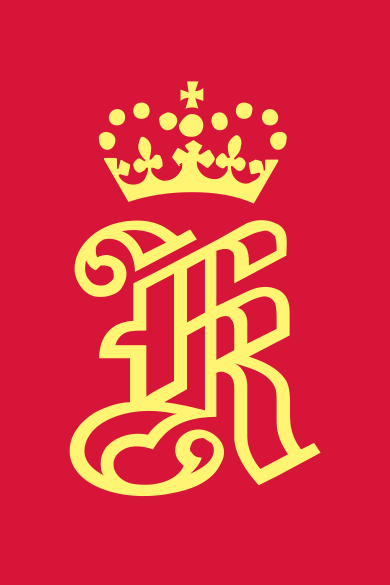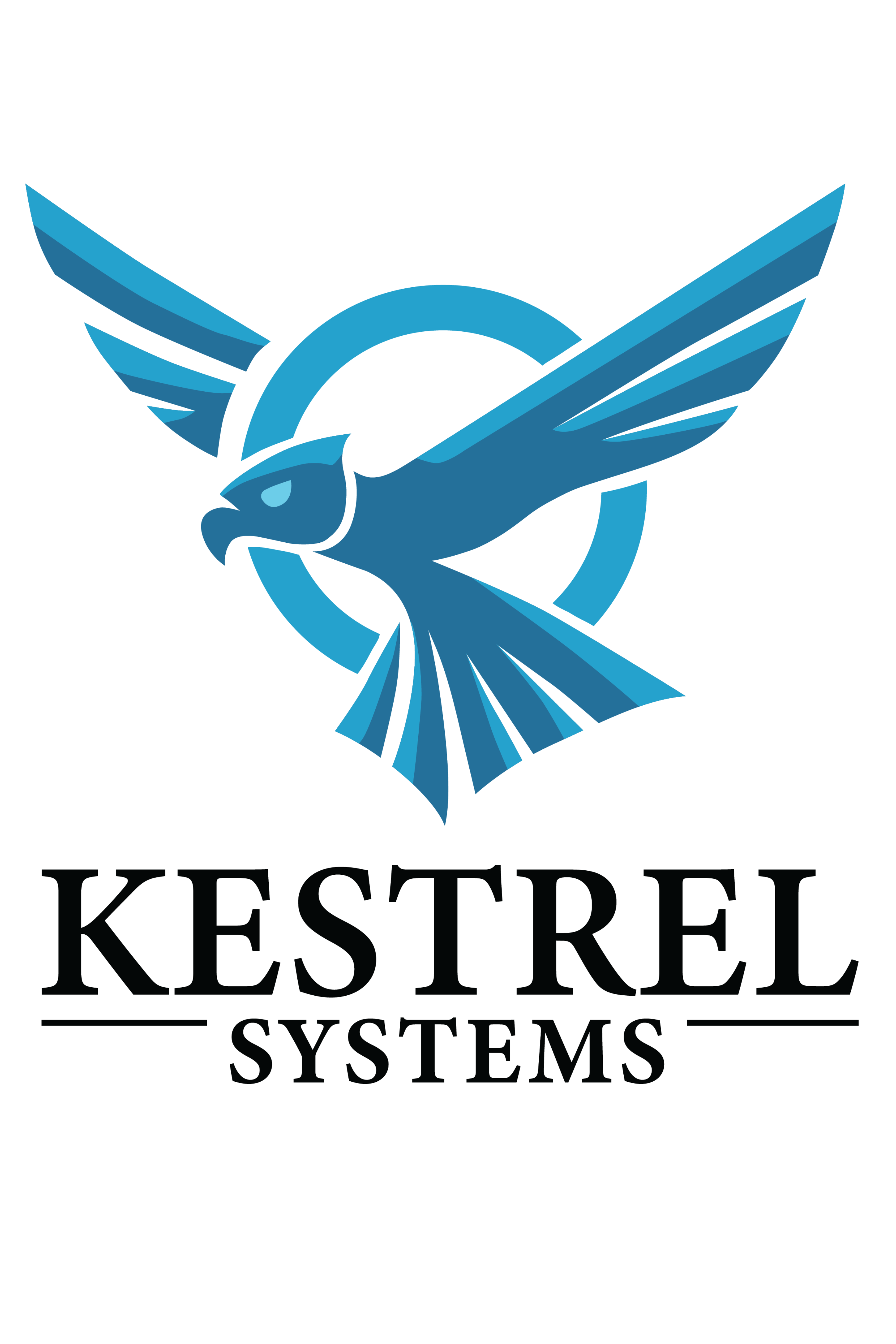Abstract
When security or safety incidents occur, the response time and preparedness of emergency responders are essential to their success. With the help of technology these factors can be greatly improved on, eventually making the difference in critical situations. In recent times, aerial drones have emerged as a technology that excels at quickly gathering information in hard-to-reach places. The utilization of drones could be helpful for emergency responders to improve their response time and preparedness.



